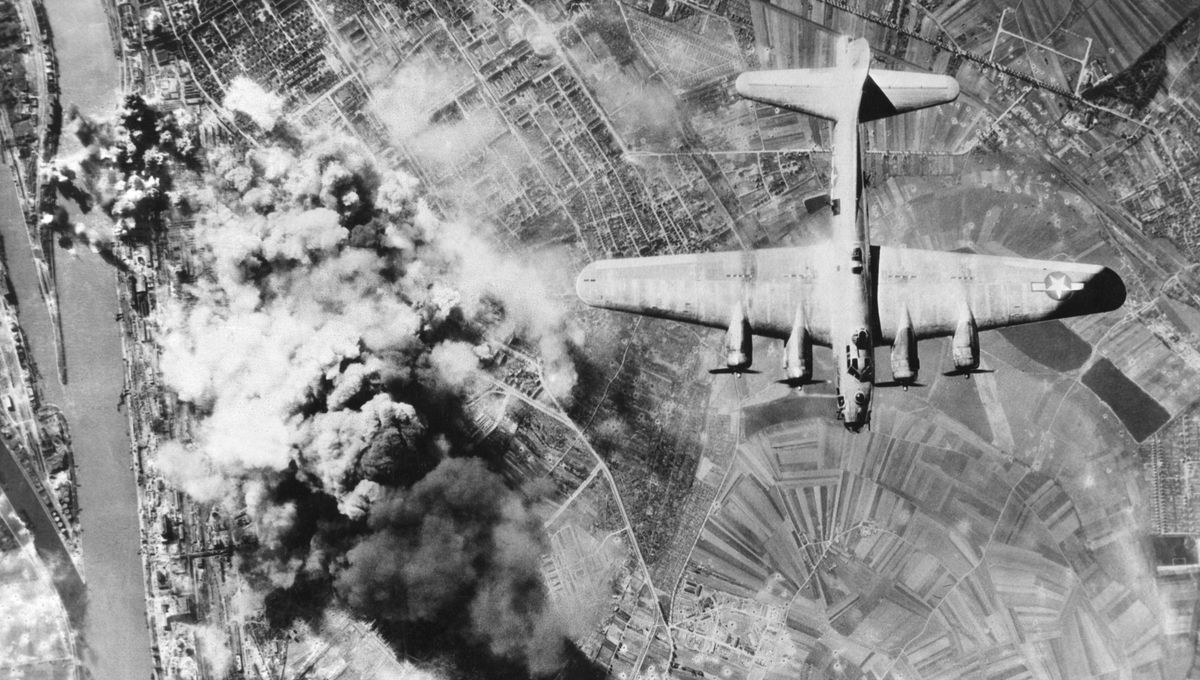
Earth is riddled with millions of tonnes of explosive bomb material, particularly from the two world wars that struck the 20th century. While most have remained buried and forgotten over the past decades, new research is showing that many are loaded with a chemical that’s making them increasingly prone to blowing up as time goes by.
The chemical in question is Amatol, a highly explosive material made from a mixture of TNT and ammonium nitrate that was used in many bombs made for World War One and World War Two, including aircraft bombs, shells, depth charges, and naval mines.
Other commonly used explosives, like pure trinitrotoluene (TNT) or Pentaerythritol tetranitrate (PETN), remain relatively stable as they age and don’t become any more dangerous than they were in their infancy. However, Amatol appears to become more sensitive to impact as time passes if it’s held under certain conditions.
In a series of experiments, two scientists at the University of Oslo and the University of Stavanger in Norway dropped weights onto five samples of Amatol explosives collected from battlefields. This showed that the bombs were way more sensitive to impact than previously realized and had become increasingly more volatile as they aged.
This shift in temperament most likely occurred because of the way Amatol reacts to other chemicals in the natural environment.
“Studies have […] revealed that the presence of moisture, along with other factors, can contribute to an increase in the impact sensitivity of Amatols,” the study authors explain.
“It is known that explosive compositions containing ammonium nitrate may become sensitized when contaminated with small amounts of metals or when they come into contact with metals. These contaminating metals may react chemically with ammonium nitrate, forming complex salts and sensitizing the mixture,” they add.
It’s not uncommon for unexploded bombs from WW2 to be found – and for them to cause real trouble.
Just last month in February 2024, a 500-kilogram (1,102-pound) German bomb was discovered in a backyard in Plymouth, UK. Over 100 soldiers and bomb disposal experts were called in, while 10,000 nearby residents were forced to evacuate, ironically marking one of the largest evacuation operations since the end of the Second World War.
Fortunately, the bomb was safely removed without any injuries, but these incidents can sometimes end badly. In 2008, 17 people were injured at a construction site in the German town of Hattingen when an excavator drove over a 250-kilogram (550-pound) WW2-era bomb, causing it to explode.
The new research implies that unexploded bomb incidents like this could potentially become a growing problem. Concluding their study, the researchers stress that people tasked with clearing up unexploded bombs should be made aware of the increase in the impact sensitivity of Amatol.
The new study is published in the journal Royal Society Open Science.
Source Link: Unexploded Bombs From World Wars Are Coming Back To Bite Us